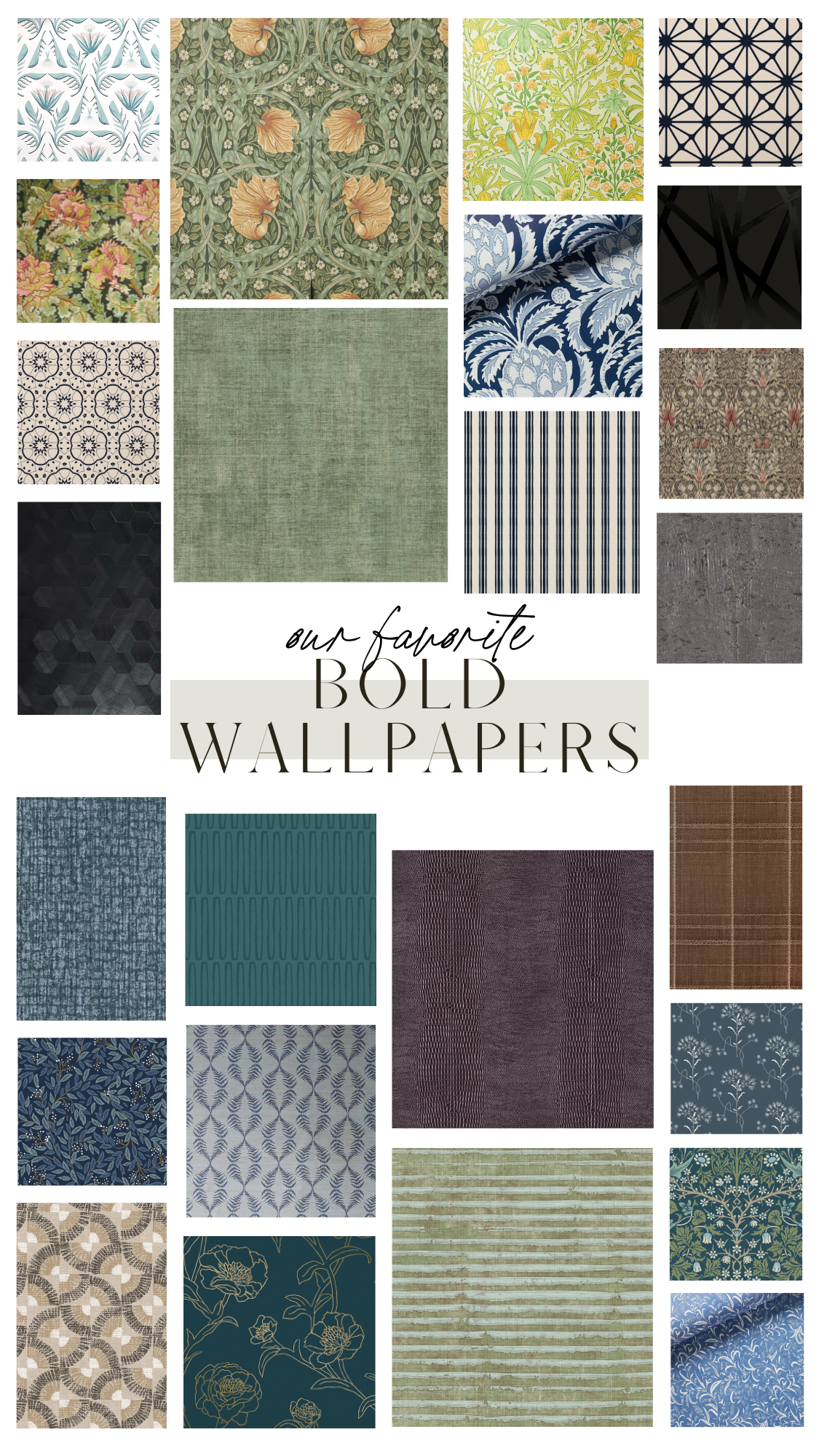We are big believers that millwork can completely transform your home, and today we’re breaking down everything you need to know when it comes to including millwork in your custom home.
The Basics: Base, Casing & Crown Moulding
Alright, let’s start at the beginning with base and casing. Base moulding runs along your floors and acts as a transition between the wall and your flooring. If you have a hard surface (such as wood and sometimes tile), there may also be what is called a quarter round or a shoe. Quarter round is a rounded trim piece that acts as an additional transition between the base and the floor.

Casing is what goes around your doors, and likely your windows. In some instances, you may not actually have casing around your windows if you have what are called sheetrock returns (when the sheetrock goes straight back to your windows). This is usually done in more contemporary applications when trying to achieve a minimal look. It is also done in some parts of the country as a cost savings option (especially in apartments), but to do it well in a custom home, it is usually the same cost or more than a traditional window box jamb and casing.

One of the ways to add detail to your casing is through the use of an architrave. This is a larger, more decorative piece of moulding that sits at the top of your door or window.

The last more “basic” piece of millwork you probably see a lot is crown moulding. Crown is normally found at the top of cabinets as a way to finish them off (or to bridge the transition between them and the ceiling), or else it runs along the top of the wall and the ceiling. Crown leans more traditional, however there are many different styles of crown if you still want the detailing but don’t want it to feel as traditional.
Stair Parts: Newel Posts, Handrails, Spindles & Skirt Boards
When it comes to your staircase, a lot of different millwork components come into play. The first up is your newel post, which is the vertical post that is at the top and/or bottom of your staircase. Some homes may not have newel posts if they don’t have open railings. Like with all millwork, there are endless different styles of newel posts to choose from.
Next up you have the handrail, which is pretty self explanatory, and like newel posts, the options are endless. When selecting your handrail, you do need to be careful to make sure what you select meets code. Codes vary in different areas of the country, but the handrail does have to be continuous and gripable, and there are specific dimension requirements based on where you live.

With an open railing, you will also have spindles. Again, code drastically comes into play here, but even with strict code requirements, there are so many fun options. From wood to metal to wire, the type of spindles you select will really set the tone for your space.
Where your stairs meet the wall you will also have a piece of millwork called a skirt board. Sometimes a skirt board will also run on the side of the stairs underneath your treads too.

If your stairs aren’t carpeted, you will have what are called wood treads (the part of the stairs that you step on), as well as stair risers (the vertical portion between each tread). In more modern applications, the risers may be omitted to create a “floating tread” feeling.

With wood treads, if you have an open railing, you will either have what is called exposed endcaps, which is where you can see the end of each individual tread, or you’ll have an ankle wall with a cap board. This is when the wood tread (or the carpeted tread) dies into a short little wall about ankle high that is finished off with a wood board on top.

Adding Detail: Wainscoting, Beadboard & Shiplap
Wainscoting is a wooden wall treatment that is normally added to a lower portion of your walls. Pictured below is a more traditional style of wainscoting, although technically you can have wainscoting that is made up of different types of millwork such as beadboard or shiplap as well. Wainscoting not only adds visual interest, but depending on how it is constructed, it can also provide an added layer of protection in high-traffic areas.

Beadboard usually either comes in panels or tongue & groove pieces that interlock. We recommend the latter as then you don’t see visible seams. Beadboard adds a warm, traditional feel to the space, and features tighter grooves and “beads” between them. We love incorporating beadboard when we want to cozy a space up, like we did in the mudroom at #thelakeloft.

Shiplap has been popular for the last 10 years or so, and while it can add some beautiful texture to your home, you do want to be careful to not let it go too farmhousey (unless you actually live in a farmhouse). We love incorporating shiplap in more coastal styles, or installing it vertically to put a different spin on it.

Picture moulding is another traditional wall treatment, and honestly, it’s one of my favorites. It does lean a lot more on the traditional side, but I love the detail it adds to a space. When combined with a chair rail (the thicker horizontal band), it creates a lovely detail. This can either go floor to ceiling like you see in the photo below, or you can stop it partway up the wall.

We really are just scratching the surface with the different types of millwork you can include in your home, but we wanted to give you a general overview of some of our go-to’s. If you have any questions, leave them in the comments below!
—–
Looking for more home-related tips, tricks, and resources? Join our email list for the latest and greatest Alma Homes updates, and follow us on Instagram for more inspiring home and design content.
Love our website? Use code ALMAHOMESSENTME for 10% off any Tonic Site Shop website template.


